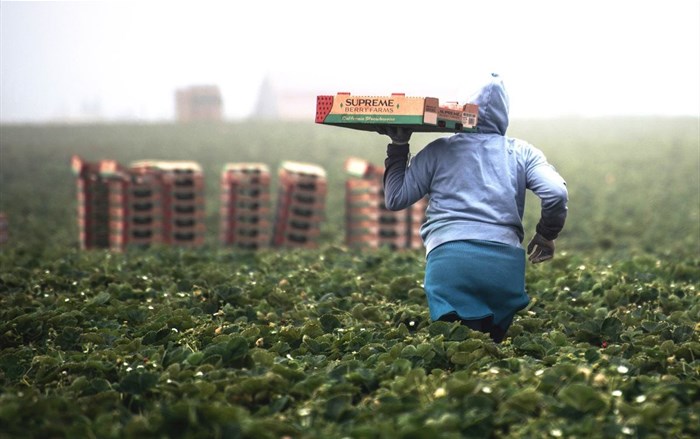
Related
Top stories


Marketing & MediaCammy Msimango on finding her footing in South Africa’s fast-moving digital newsroom
Esther Tomorrow, MDNTV 16 hours




More news




The agriculture sector was boosted with an addition of 61,146 quarter-on-quarter (+7% quarter-on-quarter) and 82,984 jobs year-on-year (+10% year-on-year) into 956,000 people in the third quarter of 2023. This is despite the tough operating environment characterised by disease outbreaks and infrastructure challenges such as a dilapidated road network.
At current levels, employment in the primary agriculture sector is well above the longer-term trend of 793,000 people.
The seasonal increase in activity with bumper harvests in full swing for both the field (grains and oilseeds) and horticultural crops in the third quarter more than offset declines in the livestock industry which is the biggest with a share of 42% of total gross producer value of agriculture during the 2021/22 season.
A good regional spread of jobs added with gainers being the Western Cape, Eastern Cape, Northern Cape, KwaZulu-Natal, North West and Gauteng. The Free State, Mpumalanga, and Limpopo however saw losses in employment numbers.
An uptick in employment numbers is a step in the right direction in helping fight the scourge of unemployment in the country.
Agriculture has the potential to add more jobs, and this may be realised if impediments to growth are addressed by expediting the improvement of efficiencies in ports, fixing the rail system to ensure bulk agriculture produce gets back on rail, and repairing road infrastructure that has proven costly for producers.
Moreover, the seasonal outlook has improved significantly as the El Nino scare seems to have dissipated with forecasts still calling for rains in the early part of the current crop season which bodes well for agriculture. Farmers are even optimistic in the field crop category with the first intention to plant indicating an increase of 2% year-on-year in the maize area, the country’s biggest staple.